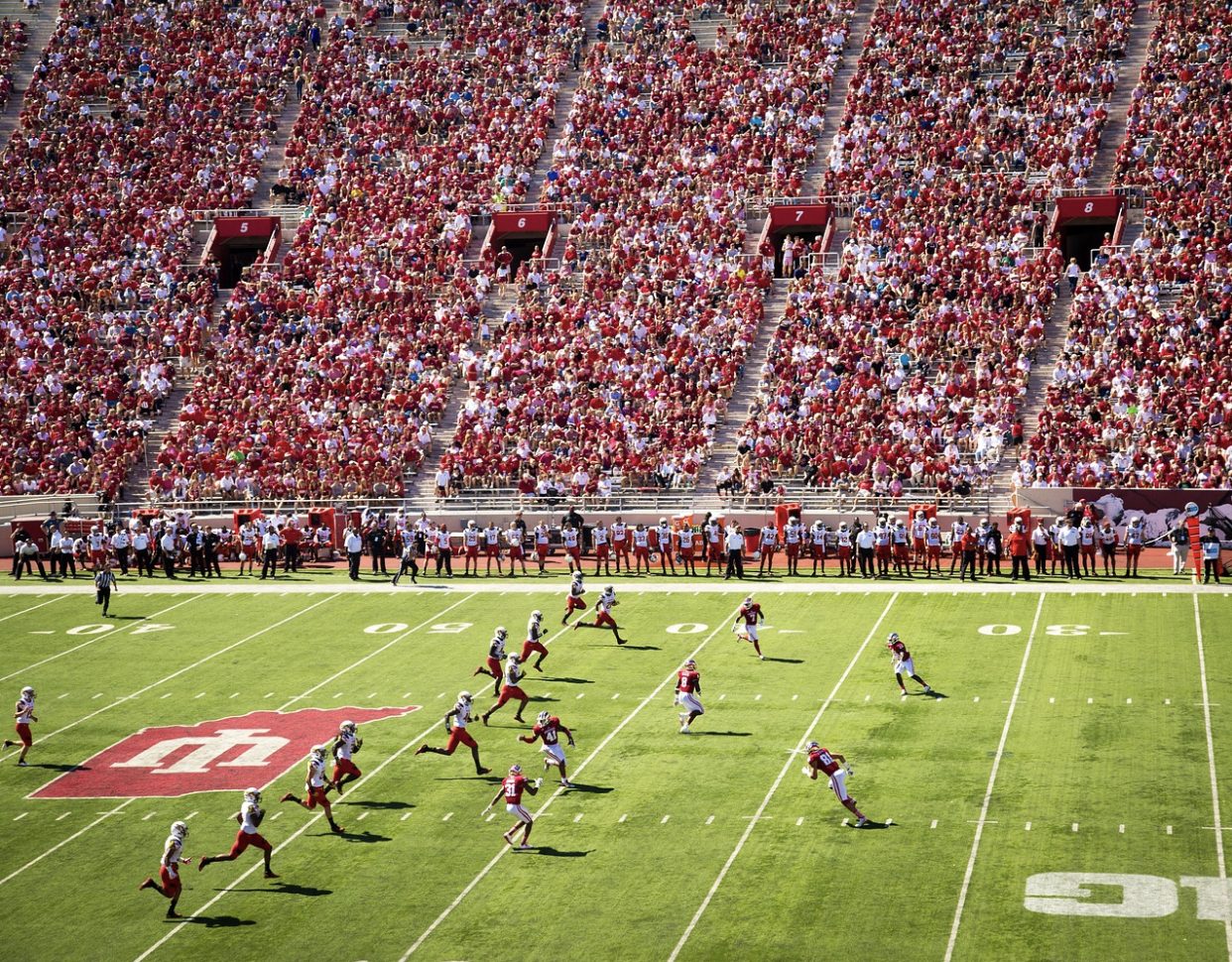The High-Stakes Game of NFL Free Agency

NFL free agency is one of the football calendar's most exciting and unpredictable periods. It is a time when teams look to reshape their rosters, often making high-profile signings and costly deals that can alter the league's landscape. It's an opportunity for players to cash in on their value after years of hard work. It's a chance for teams to address weaknesses and fill key positions that could make the difference between a Super Bowl run or a disappointing season.
However, navigating free agency is a high-stakes game with risks that could pay off handsomely or backfire spectacularly. Today, we’ll explore the mechanics of NFL free agency, how teams approach it, some of the biggest deals in history, and the potential risks for players and teams.
The Mechanics of NFL Free Agency
Free agency in the NFL allows players whose contracts have expired to sign with any team they choose, provided they meet the criteria for unrestricted free agency. Players become unrestricted free agents after completing four years of service in the league, giving them full autonomy over their next contract.
There are two primary types of free agents: unrestricted and restricted. Unrestricted ones can go with any other team, while restricted free agents can still receive offers from several teams, but their current team still has the right to match any offer and retain the player. If the original team declines to match the offer, they may receive draft-pick compensation based on the value of the departing player.
Each offseason, teams have a salary cap that dictates how much money they can spend on their roster. This cap forces general managers to allocate resources strategically to retain key players, pursue free agents, and address other needs. Teams must balance short-term success with long-term sustainability, as making one wrong move in free agency can have lasting repercussions.
How Teams Approach NFL Free Agency
Every team enters free agency with different objectives depending on their situation. For a team like the Kansas City Chiefs or Buffalo Bills, already stacked with talent and in Super Bowl contention, free agency may be about adding one or two key pieces to fill specific holes. These teams often pursue veteran players who can provide leadership and experience in pivotal moments.
On the other hand, teams amid a rebuild, such as the Arizona Cardinals or Chicago Bears, might use free agency to acquire young players with potential or to take advantage of a larger salary cap space to sign multiple key starters. Teams that have endured losing seasons typically aim to overhaul their rosters through draft picks and free-agent acquisitions.
When pursuing free agents, teams consider players' performance, injury history, age, and locker-room presence. The goal is not just to bring in talent but to find players who fit into the system and culture of the organization.
In addition to addressing immediate needs, teams consider how a free-agent signing could affect their future salary cap situation. Many deals are structured with large signing bonuses and incentives, allowing teams to spread the cap hit over multiple years. This strategy can give teams more flexibility in the short term but can create financial challenges if the player underperforms.
The High Stakes of NFL Free Agency
While NFL free agency offers teams the chance to improve their rosters, it also comes with substantial risks. The pressure to win now can lead teams to overpay for players who might not fit perfectly. Conversely, some teams may miss out on a player who becomes a game-changer elsewhere. Every decision in free agency carries consequences, and general managers who fail to navigate this period successfully can find themselves in the hot seat.
For example, the Baltimore Ravens odds often fluctuate significantly in the offseason depending on the moves they make in free agency. Signing a star player at a key position, such as a wide receiver or a defensive back, could dramatically improve their Super Bowl chances in the eyes of oddsmakers. However, if those signings don’t pan out, it can have the opposite effect.
From a player’s perspective, free agency is a chance to cash in on years of hard work and find the right situation to maximize their talents. However, a poor fit with a new team or unmet expectations can lead to a swift exit from the spotlight. The stakes are high for everyone involved, and with so much money and potential glory on the line, the margin for error is slim.
Final Words
NFL free agency is a thrilling and unpredictable part of the league’s offseason, filled with massive contracts, dramatic signings, and big risks. Whether it’s a team looking to sign that one final piece to complete a Super Bowl puzzle or a player seeking a new opportunity and a big payday, the stakes couldn’t be higher. In the high-stakes game of NFL free agency, fortunes are won and lost, and only time will tell which moves will pay off and which will become cautionary tales.
